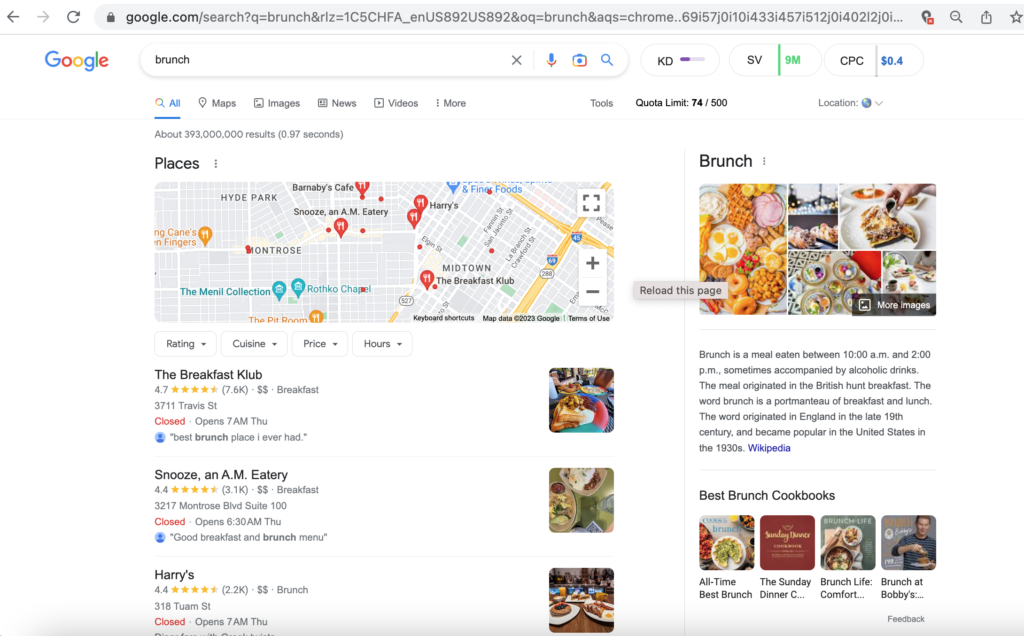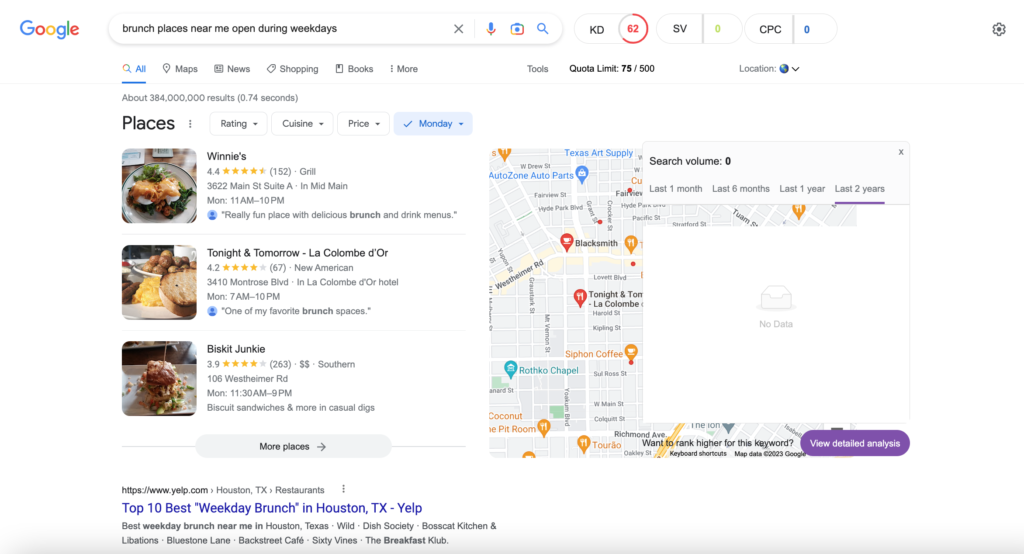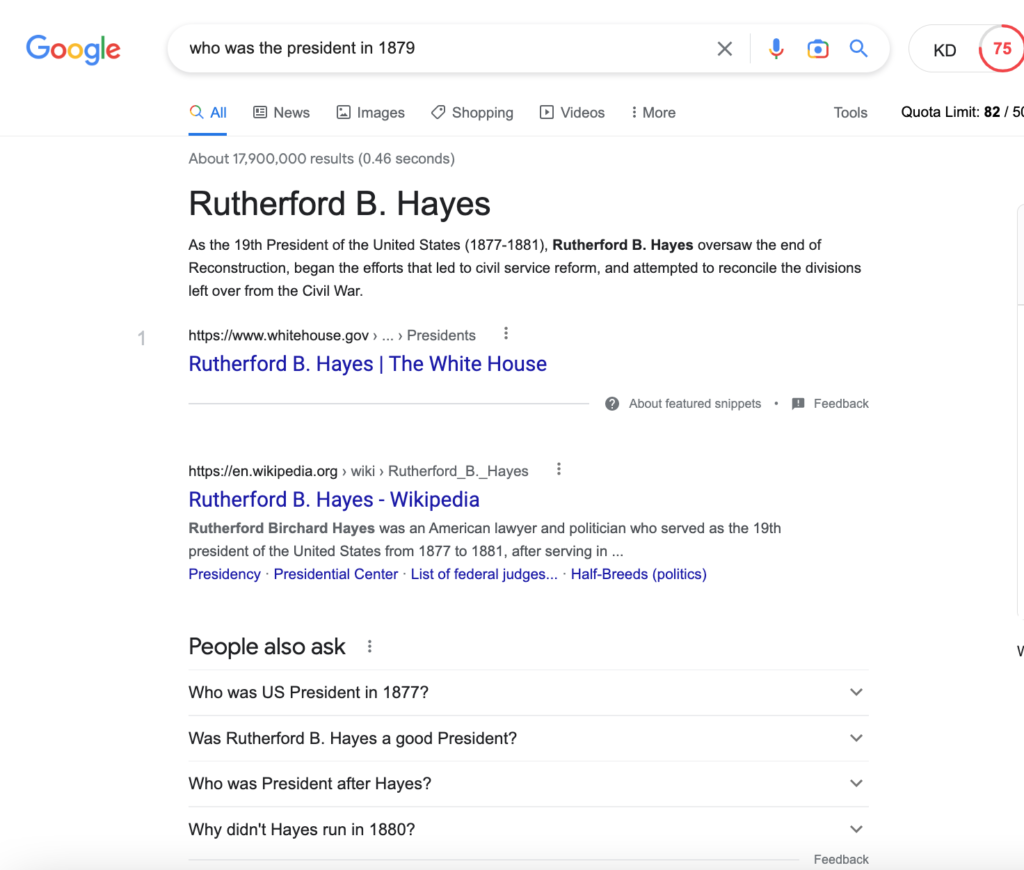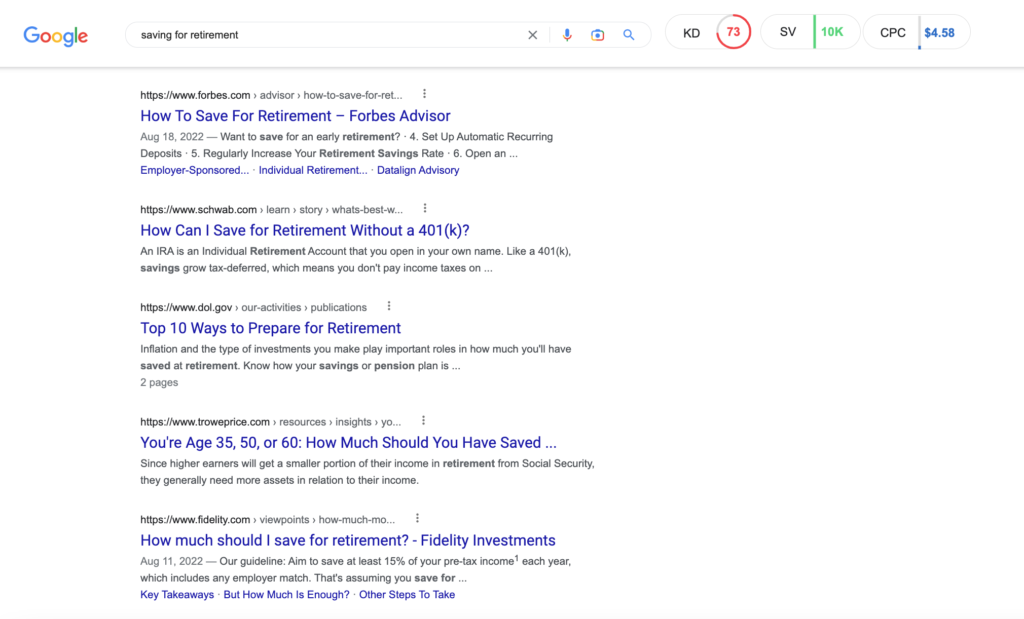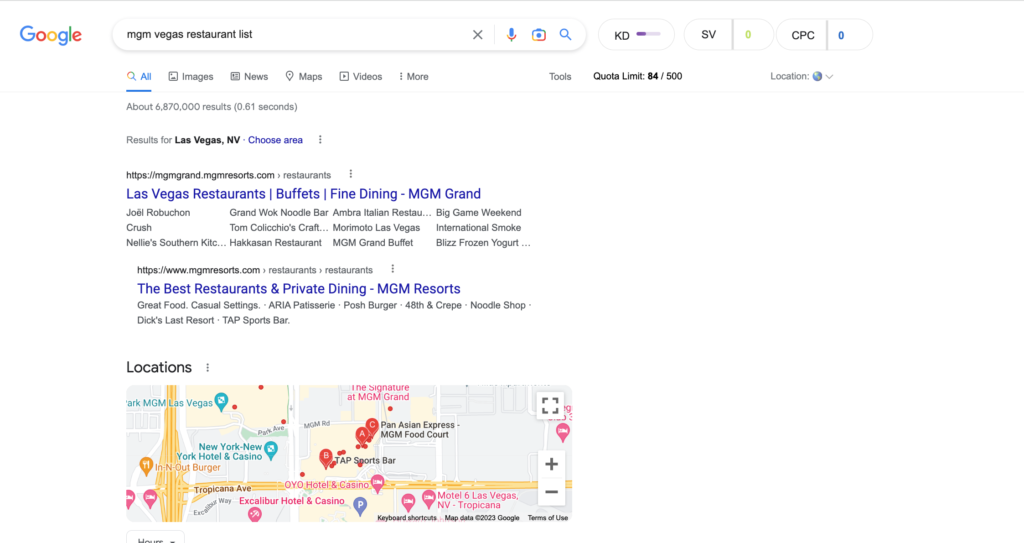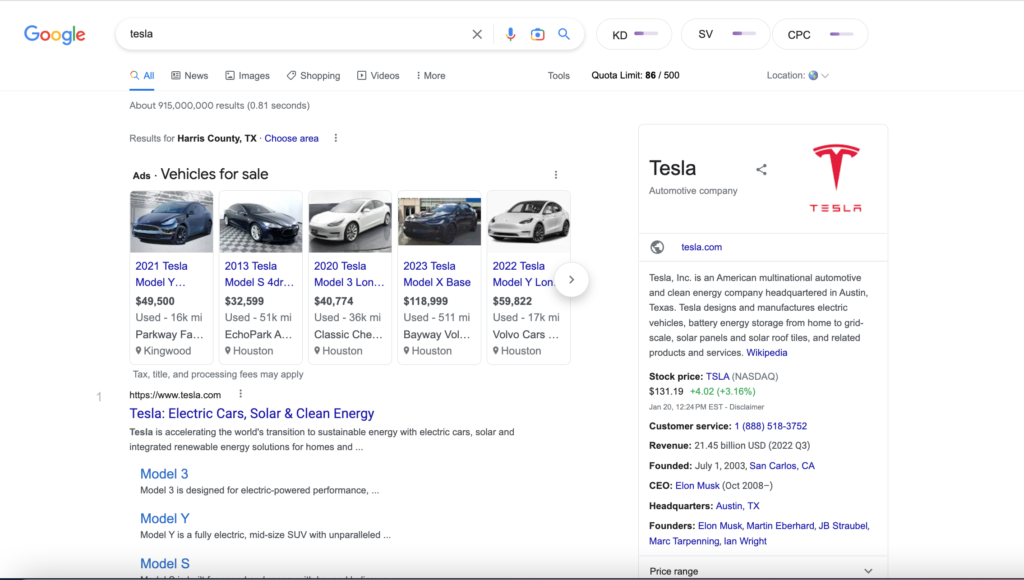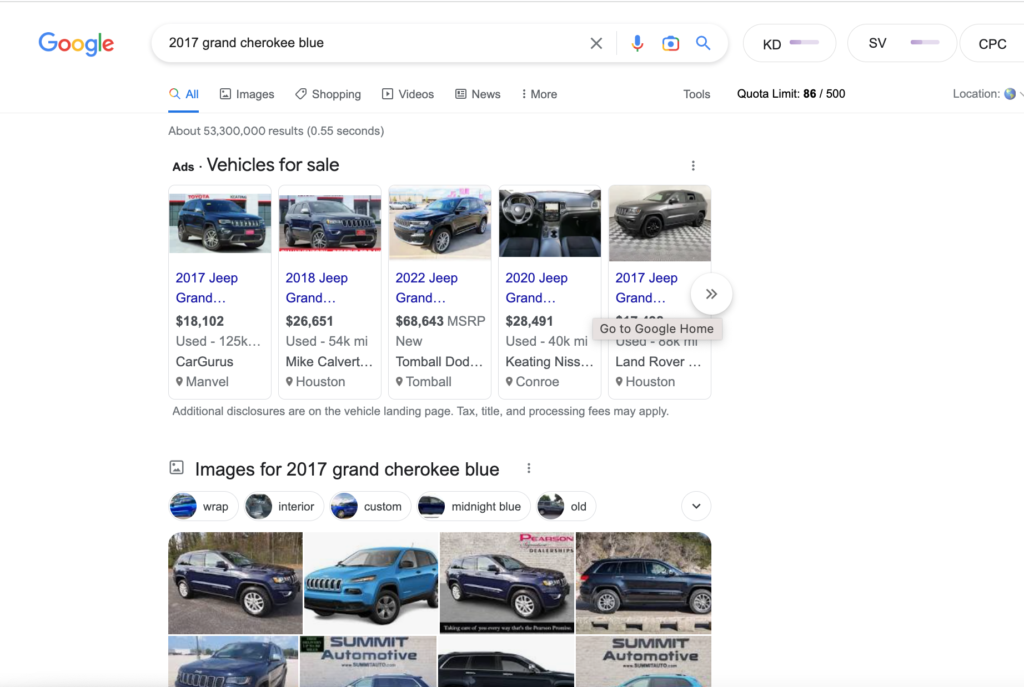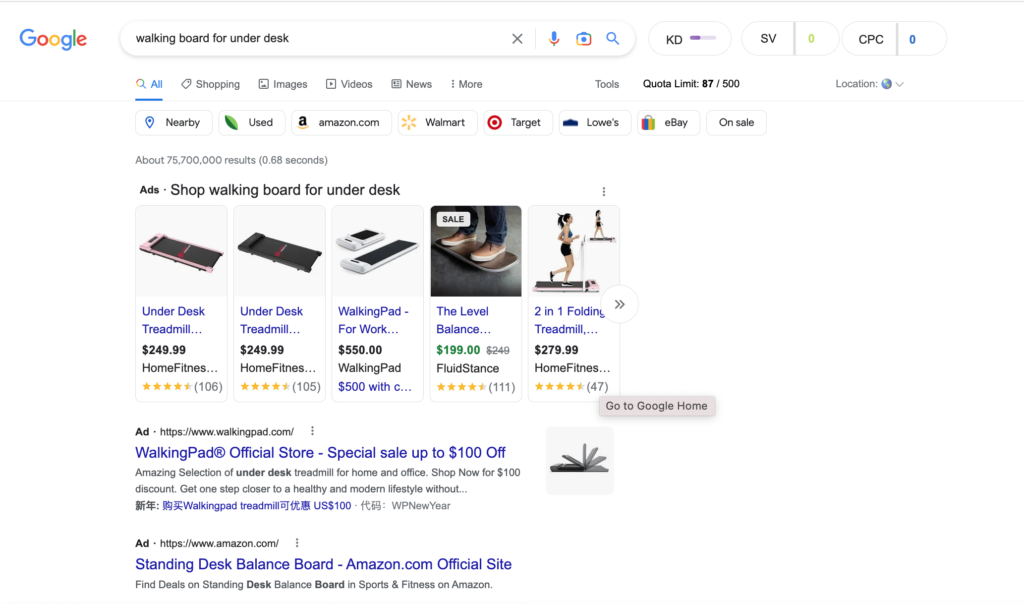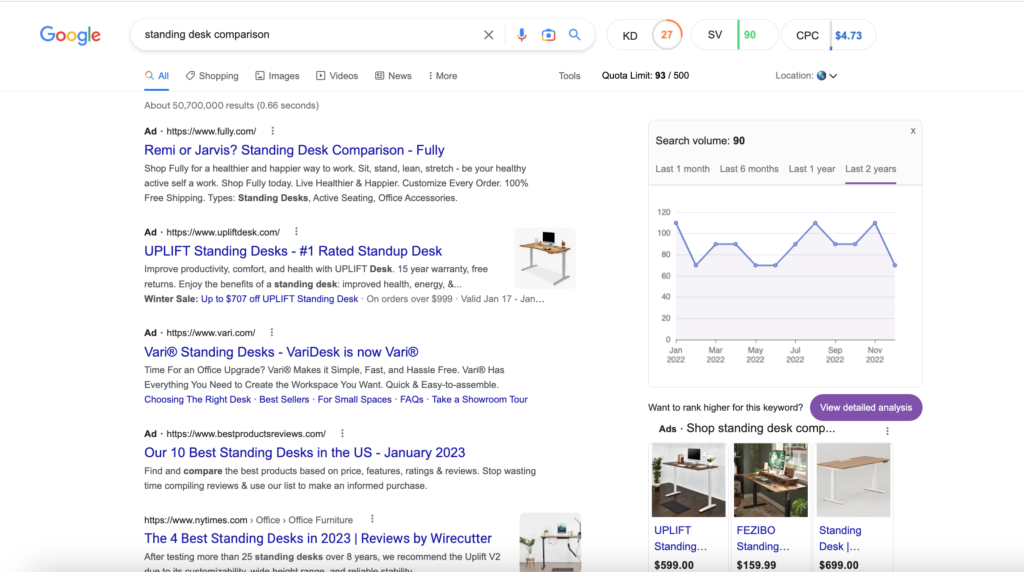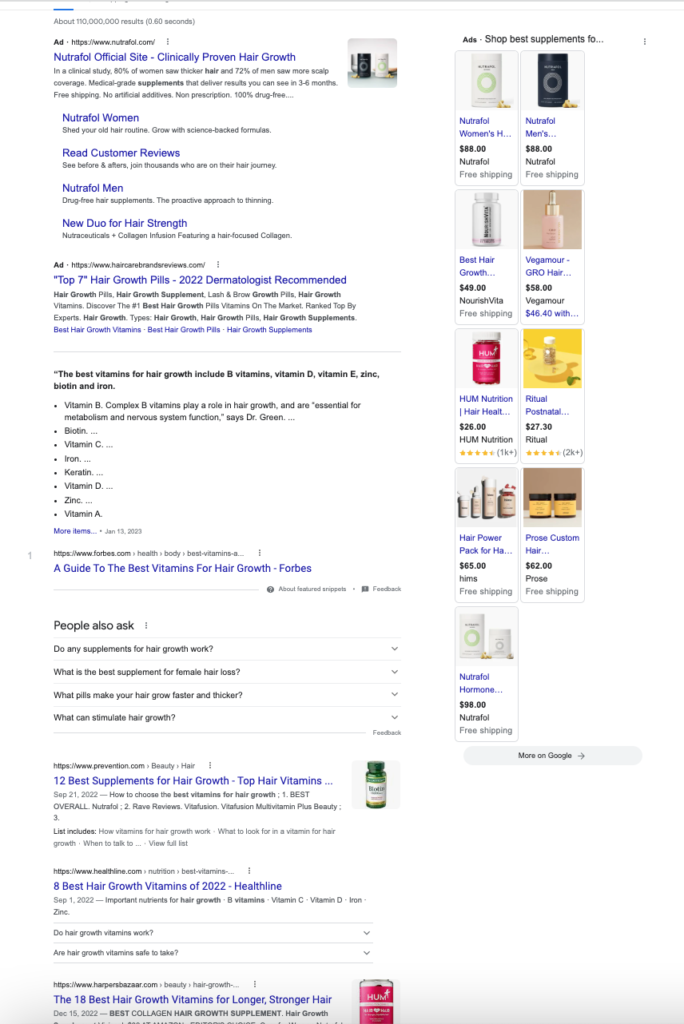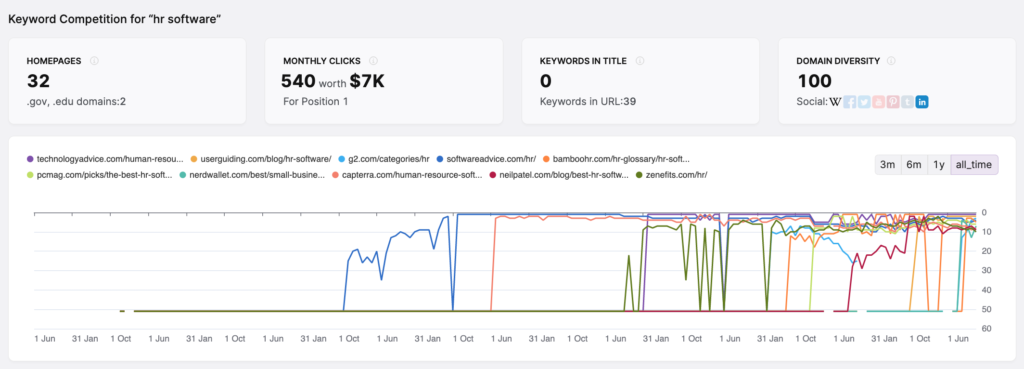What is Search Intent?: A Guide to Search Intent Optimization
What are users actually searching for when they type in a keyword into Google? This is the question that millions of marketers are trying to answer when […]
What are users actually searching for when they type in a keyword into Google? This is the question that millions of marketers are trying to answer when they create a piece of content that they want to rank in the SERPs.
Similarly, Google also wants to understand what users want. We are all trying to understand “search intent,” or what a user is ACTUALLY looking for when they type something into the Google search bar.
Search intent optimization is the effort to create content that satisfies what users are actually looking for when they type a specific search term into Google. This definitive guide provides an in-depth look into what search intent optimization is, the different types of search intent, and how to use search intent to its full potential.
Keep reading to get an inside look into how to optimize your website for search intent.
What is Search Intent?
Search intent is the true intention behind the user’s search query. Providing content that matches the user’s search intent helps the user find the exact content they are looking for quickly and easily and leaves them with a “satisfying,” experience. Satisfying search intent is considered one of the highest quality indicators by Google.
What’s an Example of Search Intent?
For example, let’s say a user types “brunch” into the Google search bar. What information are they actually looking for? Places in their neighborhood to get brunch? The history of brunch? Brunch recipes?
In this example, Google doesn’t seem to have a complete understanding of what the user’s intent is with this term. As a result, they provide SERP results that can satisfy all of those various intentions.
In contrast, if a user types the search term, “brunch places near me open during weekdays,” Google has a much better understanding of what the user is looking for. They show the user a list of restaurants in the Map Pack that are open on weekdays. In addition, the top-ranking web page result is a complete list of all of the weekday brunch restaurants in the searcher’s location.
In short, understanding search intent is important to both Google, which wants to give the user the best search experience, and marketers, who want their content to rank on page 1.
Figuring out what a user wants, and providing them EXACTLY that, is the foundation of search intent optimization.
Why Does Search Intent Matter?
Why do people even turn to Google when they need information? Because Google is so very good at giving users the exact information they are looking for.
This ability to satisfy the user’s intent has all sorts of beneficial outcomes for all of the various stakeholders involved in search engines:
- For users: A quick, easy, and satisfying experience when using the search engine
- For Google: Satisfied users who return to the search engine again and again
- For Webmasters: The opportunity to connect with their target audience
By understanding search intent, it’s much more possible to create content that will meet the needs of the user.
But sometimes, that is easier said than done, because every user is different. However, thinking about the main types of search intent, and creating content accordingly, can help your website match the intention of the majority of users.
The 4 Types of Search Intent
To understand and discuss search intent, digital marketers have developed four primary terms that can categorize all of the billions of searches that happen every day in search engines.
1. Informational
Informational search intent is when the user is looking for information on a certain topic.
This is the most common type of search intent. All of the below search terms can be categorized as informational:
- “who was president in 1879”
- “what does privatization mean”
- “what is Jeff Bezos net worth”
Clearly, these users are looking for very specific answers to their questions. So for searches like these, Google will often show a featured snippet that provides the answer to the user very, very quickly.
In addition, Google is showing results that may answer the next questions users have about that same topic.
These type of searches can often result in a zero-click search, or those where the user doesn’t actually click to any web page because they immediately see the answer they are looking for. However, sometimes users are not necessarily searching for a specific answer, but simply more information about a given topic.
The below keyword queries, then, also fall under the “informational” category.
- “saving for retirement”
- “top paying careers”
- “benefits of yoga”
With informational searches like these, Google is likely to show a wider range of resources that explore the topic in-depth, giving the user the ability to choose the web page that appears most relevant to their intentions.
2. Navigational
Navigational search intent is when the user is looking for a specific web page or website.
For example, if a user types in a company name, they are likely looking for that company’s website. Or, maybe the user visits the same website multiple times, and is looking for a specific page on that specific website.
Here are some examples of keywords that fall under the navigational type:
- “mgm vegas restaurants list”
- “buzzfeed news”
- “salesforce blog”
With navigational searches, Google will most likely rank the specific pages that the user appears to be looking for.
As seen by the examples above, navigational searches most often include the mention of a brand name or the name of a website.
But for enterprise brands that have a large online presence, branded searches may produce other types of results, like Wikipedia pages, news articles, stock prices, etc.
Also, large brands will often have a Knowledge Panel appear in their branded searches. This panel includes key information about the company that Google has gathered from various sources across its index.
3. Transactional
Transactional search intent is when the user is looking to purchase something specific. In these cases, users are further down the sales funnel and closer to a purchase decision.
For these types of searches, Google most often ranks specific product pages, like this result for “2017 grand cherokee blue.”
Transactional searches will very often return rich results, meaning results beyond just the traditional blue link. They will include product images, prices, reviews, and other information about the product.
Also, because transnational searches often represent users with the intention to make a purchase, transactional searches are often returned with Google Search Advertisements.
4. Commercial
Commercial search intent can resemble both informational and transactional searches. This category represents users who are looking to make a purchase or to educate themselves in order to make a future purchase.
For this example, a user might be doing research for something they plan to buy in the future. Some examples might include:
- “best supplements for hair growth”
- “Standing desk comparison”
- “taylormade stealth vs callaway rogue”
In the above cases, Google is likely to show web pages that compare products or detail features, reviews, or additional information on the products/services. They know that the user is not ready to buy a specific product but is still in the research phase.
And because Google knows from this search that the user is still in the consideration stage of the marketing funnel, Google might promote various types of results.
In the above case, Google is showing ads, specific products, as well as blogs that compare various features and benefits of multiple brands of hair growth supplements.
By doing so, Google is able to satisfy the various search intents of different users.
What Are the Best Practices for Search Intent?
By understanding the actual search intent of keywords, content marketers can create content that is more relevant and valuable to their target customers.
So how do you actually optimize for search intent?
Here are three basic steps that will help your content creators better satisfy search intent.
1. Keyword Research
A keyword can tell you a lot about what a user wants.
By understanding the topics and queries that users are searching for, companies can create content that is more likely to rank and be seen by their target audience.
This can be done through a variety of tools, including keyword research tools and analytics, to identify the keywords that are most relevant to your target audience.
More specifically, look at the keyword variations provided by tools like Search Atlas to see if there are other similar keywords that may be more relevant to the content you are creating.
2. Top-Ranking Content
Not sure what the search intent of a keyword is? Look at the content that is already ranking on page 1.
Because not only is satisfying search intent important to you, it’s also important to Google. Looking at what Google is already promoting gives you a hint of the type of search intent they associated with the keyword. This should clue you in to the type of content to create if you also want to rank for that particular search term.
You can look use the Keyword Magic Tool in Search Atlas to review the type of content that has been ranking on page one over time.
3. Analytics Tracking
Google Analytics can tell you how long your organic visitors are staying on a particular page, whether they click on additional pages, or how many sessions those users have.
These are all vital pieces of analytics that can help you understand whether or not your content is satisfying search intent.
You can also use other behavior analytics tools like HotJar or Mouseflow to see how users are actually interacting with your content.
For your high-value, high-converting pages, these tools can give you essential insights to improve your content, and user experience, and to better satisfy your user’s intentions.
Conclusion
In conclusion, thinking about the search intent of keywords can help you create better content and reach your target audience more effectively!
If you need help thinking more strategically about keyword research and content creation to improve search engine performance, consider a managed SEO campaign from LinkGraph.











































































